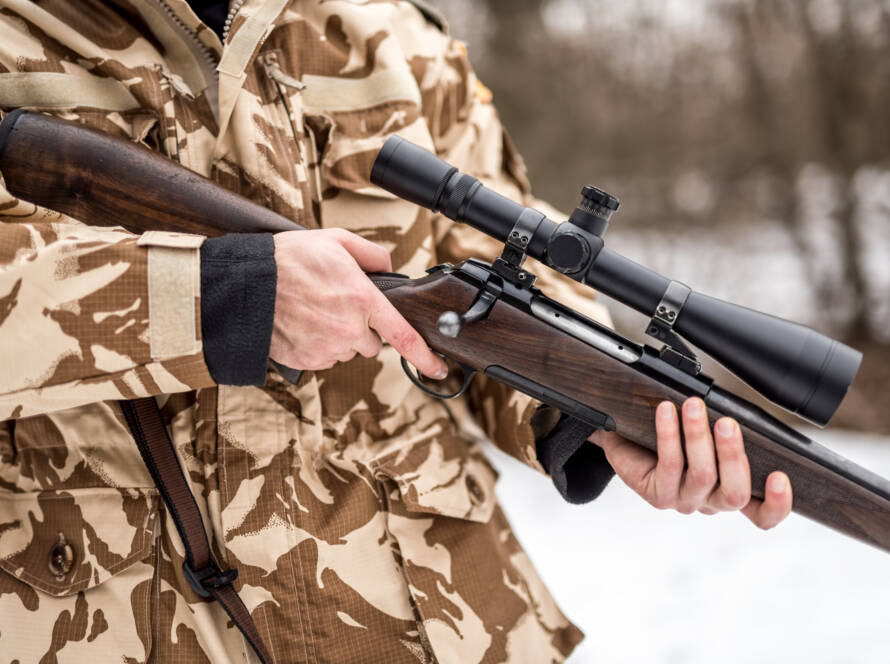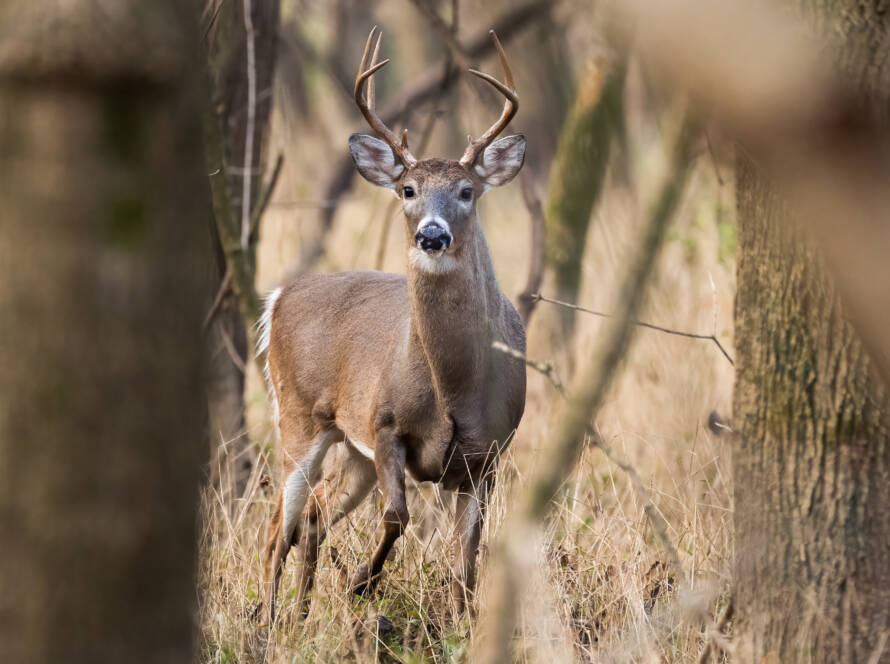Introduction
Invasive pests, crop destroyers, a menace, not welcome, taking over, call them what you will, there is no denying that hogs are here to stay, and getting rid of them is no easy task.
The sheer number of wild hogs in the southern States is a big indication of just how adaptable these animals can be, but just because there are lots of them does not mean they are an easy target. If anything, as the years go by they seem to become wiser and a little more elusive, which in a way makes hunting a big wild boar an enjoyable challenge.
We are going to break down what it takes to locate, attract and shoot a wild boar with a bow.
Locating
Time for the blatantly obvious so here you go, you won’t find hogs in places where hogs don’t live. I know, genius right? But when you think about it that is the groundwork for attracting a wild boar and getting them hunted with your bow. To succeed you need to be in the areas where hogs occur.
A few pointers below should help you understand more about locating the areas that hide these big boars.
Habitat
Wild hogs or feral pigs, as some refer to them, have invaded the southern states for as long as many hunters have been alive.
The southern states therefore means, moderate winters, hot summers, medium to high rain falls and areas of thick and dense vegetation with various food sources, all make for ideal hog habitats.
One of the reasons why hogs have been able to thrive in so many areas of the US is their ability to adapt and the fact they have a varied diet means hogs can pull food sources from areas that may otherwise seem deficient to other animals. Because of this there really is no rule of thumb as to the preferred habitat for hogs.
Behavior
Pigs are naturally gregarious animals that cover large areas and form family groups. Sows will tend to stay with their piglets with other sows and their offspring, which offers safety in numbers and a greater chance of finding new food sources.
Boars will move between sow groups as they come in to heat or stick with family groups until a bigger boar pushes them out. Nomad boars are fairly common and often they will be young males that are not strong enough to compete for females or older boars that have been chased off by younger stronger boars.
Generally, hogs are diurnal which means they are most active during the day, however in areas where there is high hunting pressure or busy activities such as agriculture, the hogs will become nocturnal.
Assess the area you are hunting in to determine the level of human impact on the hogs.
Pigs and especially the bigger boars lack sweat glands and with that, they struggle to control and maintain their body temperature. This means in hot areas they will actively seek water to roll around in the mud and cool themselves down. Habitats with good water sources will have a high population of hogs in them.
What to look for?
A simple list of things to look for if you are in an area and trying to determine if there are hogs present or not:
- Food source, nut and fruit-bearing trees
- Water for drinking and wallowing
- Tracks, always a good clear indication
- Rooting, another good sign of pigs in the area
- Cover/Safety
What do boars prefer?
The easiest way to answer this question is with another question, so here it is, what do all males of the species prefer?
That’s correct you got it, females, food, and sleep!
Jokes aside, the basic needs of a boar are to spread his genetics, eat to survive, and maintain energy fighting off other boars and rest. If there are areas that hold high numbers of sows and a good food source, then a big boar will not be far off.
Attracting
This article is about being able to bring in a hog close enough to hit it with an arrow, so we need to look at methods of attracting a wild boar.
Food
You’ll need to check local and state regulations with regard to baiting but it is a proven method for bringing in pigs to an area.
Timed feeders tend to be the most effective, distributing corn at set times, and combined with trail cameras is by far the best method of attracting hogs and seeing if a big boar is coming in to feed.
As mentioned earlier feral hogs have a wide variation within their diets and that can be anything from corn, planted pastures, wild fruits, pecans, and insects, to eating off the carcasses of other animals.
Well-planted and fertilized food plot that is meant for deer, will most certainly attract the hogs. But we are looking specifically for a big boar to hunt with a bow, so we decided to share a secret method of ours that we find works best for attracting boars, and it’s called the Corn Hole Method.
The idea behind the Corn Hole Method is to ensure that only big boars and in some cases large sows can get to the feed, which means preventing deer, raccoons, porcupines, and other smaller pigs.
Step 1: Find a location that shows good signs of pig activity, whether it be rooted ground, a trail, near water, or on the edges of thick brush.
Step 2: Dig a hole using a post hole digger about 12 to 20” in diameter and 2 to 3 feet deep.
Step 3: Fill the hole with corn making sure to stop about 3 inches from the top of the hole.
Step 4: Pack large rocks (preferably between 20 – 60 lbs) around and slightly over the top of the hole, but do not completely cover it.
Step 5: Set up a trail camera overlooking the hole.
By packing the large rocks on top of and around the hole, it not only prevents deer from eating the corn but the heavy rocks will also prevent other smaller pigs from pushing them aside with their noses and raccoons from getting their hands in the hole.
Big boars should easily move aside the rocks and the depth of the hole will force them to keep their noses down, allowing the bow hunter to sneak in closer for a shot or draw within the blind.
Sight
Using visual attractants or decoys as most hunters know them is not normally associated with hunting wild hogs but that doesn’t mean it isn’t possible.
The sight of pig decoys may encourage boars to come in making them feel comfortable, similar to duck hunting but it’s hard to say they are actually attractants.
For example, when turkey hunting a Tom may come directly to a decoy believing it to be a female. Wild boars are not seasonal breeders and so the drive to be late within a short period of time is not there.
I would therefore recommend that relying on sight alone as an attractant is not the best method.
Smell
Smell plays a huge role in attracting a wild boar and should make up a large part of the strategy you use. Pigs rely heavily on their noses to find food and can pick up smells from miles away.
Strong-smelling baits such as carcasses, fermented corn, molasses, or rotting fruits and vegetables will help to bring in hogs from a wide area as opposed to just using standard deer corn that has almost no smell.
When laying a strong-smelling attractant, the wind direction is crucial. Firstly, you need to position the bait in a way that will collect on the wind and get blown in the direction where you believe the pigs will be coming from.
Secondly, and this is specific to those bow hunters making use of blinds or ambushing methods, ensure the smelling attractant does not blow past your blind which could carry with it your scent and may discourage the hogs from coming in.
Calling
Distress calls may work well under certain conditions such as times of drought or when food in the area is seriously depleted. There is not much out there in terms of quality callers designed specifically for hogs. A piglet distress call may bring in a group of sows, but we are skeptical about using it exclusively for big boars.
Bow Hunt
Blind
Wild boars have surprisingly good eyesight and an incredible sense of smell and when they have numbers within a group, there is not much that can sneak up on them.
For novice bow hunters, a blind would be the better option when trying to bag a big boar, especially if you can feed through an automatic feeder while making use of a trail camera and knowing what time of the day the boar comes in to feed.
Spot and Stalk
Always difficult with a bow, but also extremely satisfying when done successfully. Patience is key when trying to spot and stalk a wild boar. Spotting the big pig before he spots you is your main objective, then you will need to make the best use of vegetation for cover while keeping the wind in your face.
Ambush
Hunting from a blind is not for every bowhunter and some prefer to avoid them at all costs. If you happen to be one of those ethically minded bow hunters but also find it hard to get within range of a wild hog, then setting up an ambush opportunity may be the best method.
An ambush is usually set up in an area that exhibits high hog activity or shows signs of regular and scheduled activity.
Game trails that lead to water or well-known feeding spots could be a good spot to set up an ambush or a bedding area.
Conclusion
If getting a big old boat with your bow is high on your hunting list then 99% of your success will be determined by preparation. Hunting with a bow is tough enough as it is, throwing in a cunning old boar makes it even harder.
Spend your time scouting, learning the area, understanding your target, and then conjuring up a plan that fits in with the boar’s schedule while simultaneously working in your favor. Do that and chances are you’ll be dragging that big bag of bacon to your truck.



